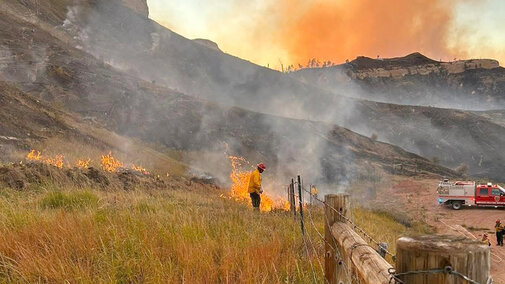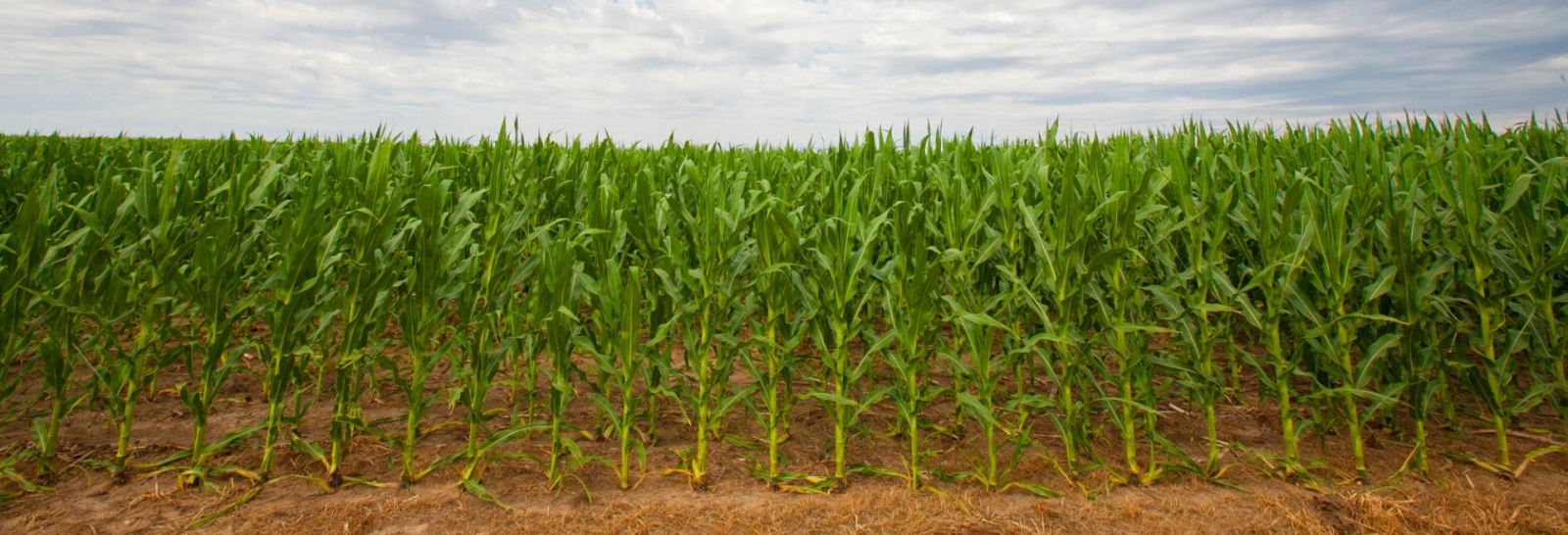Connecting agriculture and disaster planning for stronger rural communities requires planning for various disasters, including floods, wildfires, snowstorms and droughts, which pose significant risks to rural areas. In agricultural states like Nebraska, emergency planning must account for more than people and infrastructure — it must also consider land, livestock, equipment, and the vital workforce supporting the ag economy. Disaster and emergency planning often overlooks individuals working and living on farms and ranches, especially those with disabilities or access and functional needs (AFN). Building more agriculturally aware disaster and emergency plans is essential to protecting both lives and livelihoods.
Rural and agricultural areas face unique hurdles: geographic isolation, limited emergency services, and fewer healthcare options. These barriers are magnified for people with disabilities, older adults and those with chronic health conditions. In ag communities, individuals may be miles from the nearest paved road or emergency shelter. If they rely on power for oxygen, refrigerated medications or mobility equipment, a disaster can become life-threatening quickly.
During Nebraska’s 2019 bomb cyclone, widespread flooding devastated farms, cut off transportation routes and left many without electricity. Families managing disabilities or medical needs were stranded without access to care or support. At the same time, they had responsibilities to livestock and property, making evacuation decisions even harder.
Disaster plans often focus on urban-style responses, mass sheltering and communications, but these may not work for ag families. A farmer who uses a wheelchair may need help moving animals. A non-English-speaking ranch hand might miss an evacuation order. Plans must account for the close ties between agricultural livelihoods and personal safety.
Agriculturally aware planning ensures emergency protocols consider the unique assists, vulnerabilities, and values of farming and ranching communities. That includes ensuring evacuation routes accommodate livestock trailers, backup power supports both medical and farm needs, and responders understand how to assist individuals with AFN in ag settings.
Strategies for Preparedness
- Collaborate with Producers
- Engage farmers, ranchers and ag workers in planning. Their input ensures realistic, effective strategies that reflect daily rural life.
- Build Accessibility into Rural Infrastructure
- Make sure shelters are ADA-compliant and accessible to people with disabilities and service animals. When possible, include livestock shelter options.
- Expand Communication Tools
- Use multiple alert formats — texts, calls, radio and multilingual updates — to reach all residents, especially in areas with poor internet access.
- Train First Responders
- Provide training on agricultural operations and how to support individuals with disabilities in rural and ag-based environments.
Preparedness that accounts for agriculture and AFN isn't just about emergency response — it's about building rural resilience. By aligning planning with the realities of farm and ranch life, Nebraska communities can be better protected. In Nebraska and beyond, protecting people means protecting the land and livelihoods they depend on.
For more about the Nebraska AgrAbility Project, visit agrability.unl.edu.
For emergency and disaster planning resources, visit disaster.unl.edu.

